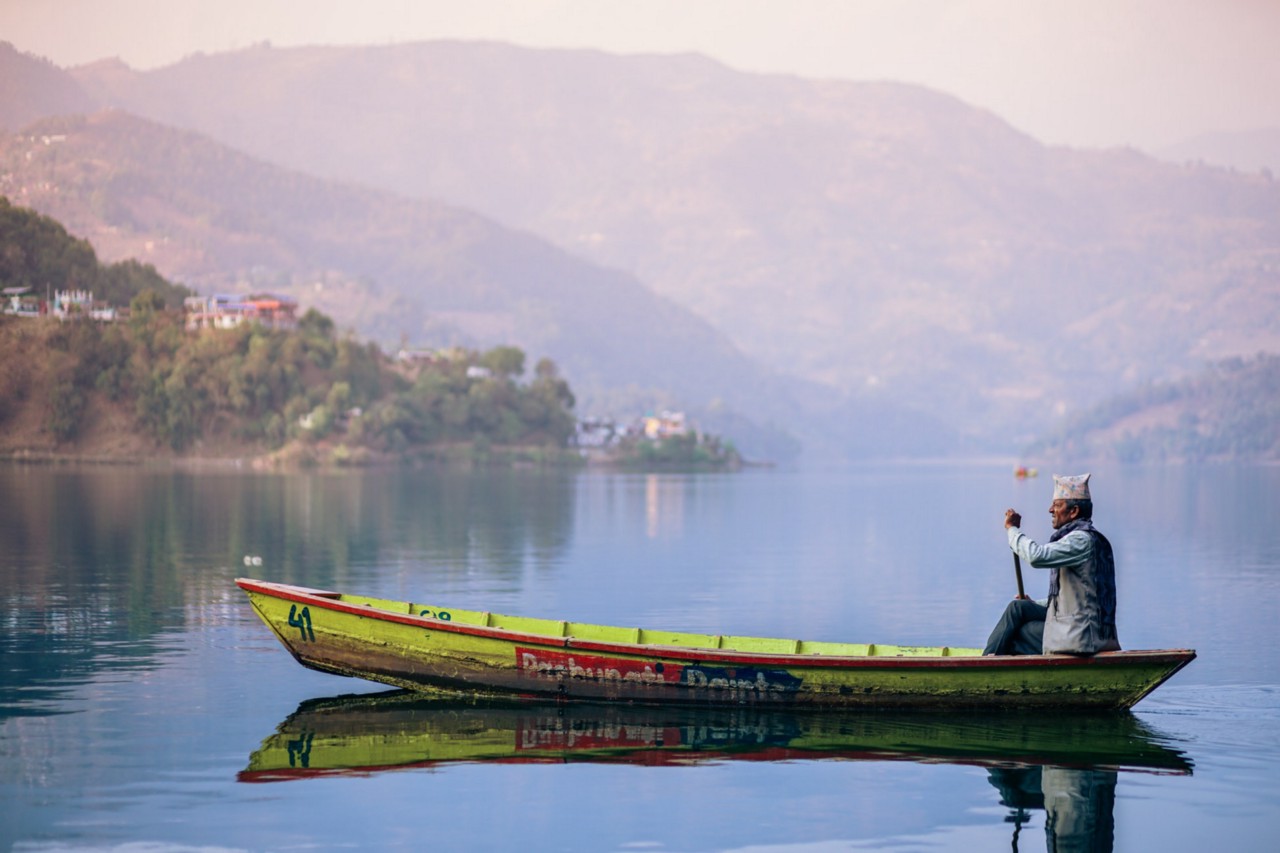It was a sunny day in February 2014 when our phone rung. At the other end of the line, one of the world’s most renowned water scientists — Prof.Joan Rose from Michigan State University. She explained to us her vision to develop an open knowledge resource to reduce mortality linked to water pathogens and the lack of safe drinking water. Her plan was to take a classical textbook (Feachem et al. 1983) that is the key reference point of quantitative guidance for sanitation practices, transform it into a digital resource by asking an international group of scientists to update it and she was looking for the right team that could help her to realize this vision. We were thrilled. Helping such an important research community was already an amazing project and we had plenty of ideas about how technology could create an impact beyond the digitization of a textbook.
The first concept had to do with the authors being able to collaboratively edit the new digital version of the textbook following a Wikipedia-like approach. What we had in mind was much more ambitious.
One of the scientific groups working with Joan was already using a Quantitative Microbial Risk Assessment Wiki platform (the QMRA Wiki)to document and organize all the microbial risk assessment research that they were carrying out. They were documenting and uploading risk models, parameters that were critical for each microbe, linking them to publications, linking them to data that have been produced by experimental studies. There was so much potential in the work that Joan and her community were doing — going far beyond a wiki version of a reference textbook.
Joan’s call was the right opportunity to start putting together the pieces of a much bigger vision: building a digital scientific hub on water pathogens that would organize, connect and deliver all the research knowledge that this international community has been producing.
We pitched the idea of a digital hub that will link together the different pieces of the work that the research community was already doing and Joan liked it. As simple as that, we started working with Michigan State and UNESCO on the Global Water Pathogen Project. The Feachem et al textbook has been modernized, updated, and enriched from more than 256 authors from 52countries like United States, Australia, Spain, China and Kenya
Then, we started working on the transformation of the QMRA Wiki into a scientific data portal for microbial risk assessment studies, models, data and terminology. A new version has been released, evolving this scientific resource into a powerful tool for the water pathogen community.
What comes next for this community of researchers that are working on the global challenges of having clean and safe water for all uses?
I think that an important step is going to be the evolution of the QMRA so that it becomes a scientific data engine for everyone to use.
Risk assessment models to be implemented as live services that any scientist around the world can use. Execution of simulations to be real time, showing how virus and bacteria behave under specific conditions. Give scientists tools to help them feed the models with their own data and predict how a virus spreads in other environments or conditions. Connecting the data that can be collected with mobile apps and sensors to the scientific models that will predict the distribution of an outbreak.
Then, creating awareness about these tools is going to be critical. A young generation of very bright minds is working on these pressing challenges all around the world. Everyone should know that these scientific resources exist and see examples of how they can be used.
Stories of scientists from around the world can be shared to explain how people have been using the resources to teach and research water pathogens and sanitation.
Finally, a tremendous step will probably be in using all data available around the world to investigate the burden that waterborne diseases have for human and animal populations so that scientists (and their donors) can focus on the problems that have a real impact to the lives of people. This will require an effort to bring together heterogeneous data on disease outbreaks for both humans and animals, creating a global health map and linking it to other important resources like HealthMap. It is the way in which we can leverage the power of data and analytics to reveal hidden correlations and understand how effective water sanitation interventions should be designed and implemented.

